African Violets, with their vibrant hues and easy-care nature, are a popular choice for indoor gardening enthusiasts. They are not only aesthetically pleasing but also relatively simple to care for, making them a wonderful addition to any indoor garden.
Table of Contents
1. General Information & Taxonomy
| Scientific name: | Streptocarpus ionanthus (synonym Saintpaulia ionantha) |
| Common names: | Violette d’Usambara, African Violets |
| Native to: | Eastern African Rainforests |
| Toxicity: | According to ASPCA, African Violets are non-toxic to cats, dogs, and horses |
| Mature size: | 8-16 inches (20-40 cm) wide |
| Category: | Year-round flowering houseplant |
| Growth rate: | Moderate |
| Hardiness: | Not frost-tolerant |
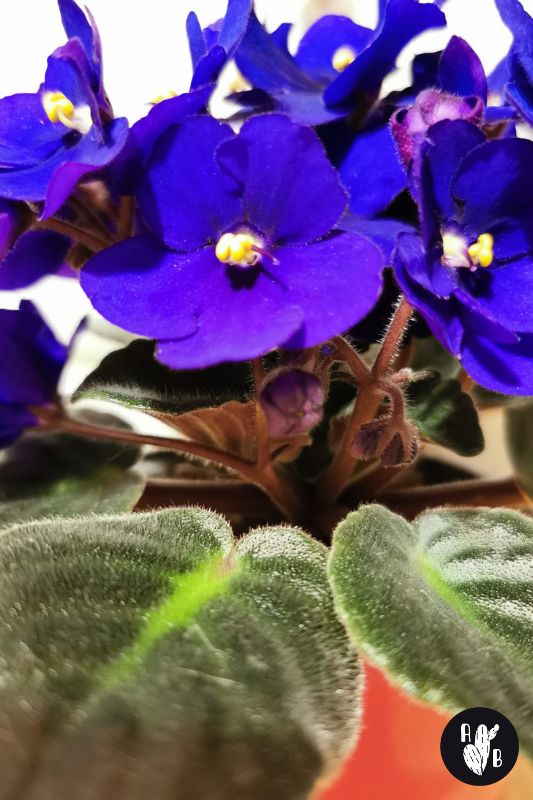
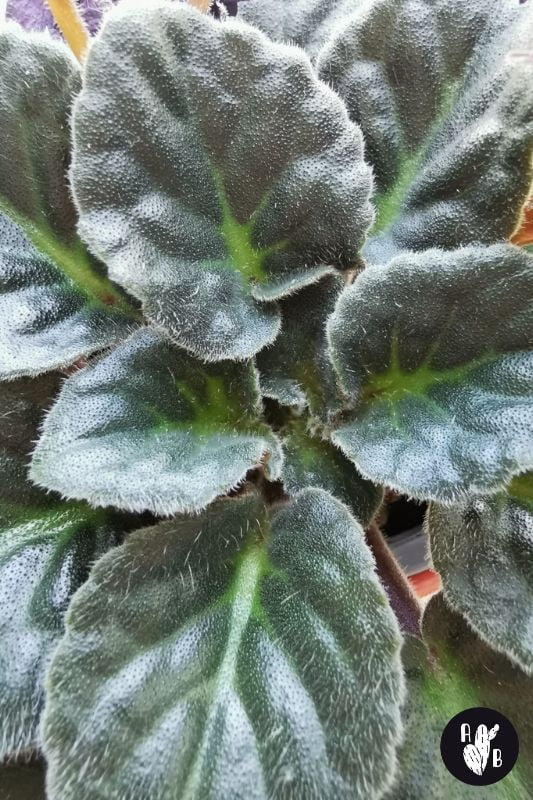
2. African Violet Care & Growing Requirements
» Watering
African Violets love consistent moisture without overwatering. Use the bottom watering technique by filling the saucer beneath the pot and letting the plant absorb water through drainage holes. Water when the soil becomes slightly dry, usually every 7-10 days.
» Lighting
Bright, indirect light is ideal for these small plants. East or west-facing windows that provide 8-12 hours of light are perfect.
If natural light is insufficient, but you really want an African Violet, then make sure to supplement with fluorescent or LED grow lights.
» Soil
Choose a well-draining, porous, and slightly acidic soil with a pH between 6.0-6.5. A mixture of peat moss, vermiculite, and perlite works well.
» Temperature
African Violets prefer moderate temperatures, ideally between 65-75°F (18-24°C) during the day and slightly cooler at night, around 60-65°F (15-18°C).
Avoid exposing your African Violets to sudden temperature fluctuations or drafts and keep them away from heat vents and air conditioners.
» Humidity
African Violets thrive in a humidity range of 40-60%. If the air is too dry, you can easily increase the humidity using a pebble tray or a humidifier.
» fertilizer
A balanced, water-soluble fertilizer is recommended every 4-6 weeks during the growing season and every 8-10 weeks during the cooler months.
3. African Violet Maintenance and Propagation
» Repotting
Repot your African Violet annually to encourage healthy growth. Choose a pot that’s roughly one-third the size of the plant’s leaf spread and has drainage holes. And since its roots tend to grow sideways, a shallow pot would work best for this plant!
To repot, gently remove the plant from its current container, being careful not to damage the roots. Trim any dead or damaged parts, then place the plant in the new pot filled with fresh soil mix.
Ensure the plant is positioned at the same soil depth as before and gently firm the soil around the roots. Water it thoroughly and place it in its usual growing location.
» Pruning
There’s no actual need of pruning, unless your African Violet becomes leggy or overgrown, in which case you can trim the stems back to a healthy node or leaf joint.
Apart from that, you should remove spent flowers and dead or yellow leaves to encourage new growth and continuous blooming.
» Propagating
You’re about to find out that you can grow new African Violets from a single leaf!
Here’s a quick guide:
- Choose a healthy leaf from a strong plant. Make sure it’s not damaged.
- Snip the leaf stem at a slant, about 1-2 inches long. Let the cut end dry for a few hours.
- Fill a small pot with African Violet-friendly soil. It should be damp but not soaked.
- Stick the dried end of the leaf into the soil, but keep the leaf above the soil.
- Put a clear plastic bag over the pot to keep the air humid. Make sure the bag doesn’t touch the leaf.
- Place the pot somewhere warm and bright, but avoid direct sunlight.
- In 4-8 weeks, you should see baby plants growing near the base of the leaf.
- Once the baby African Violets have a few leaves, gently move them to their own pots.
And that’s it! You’ve successfully grown new African Violets from leaves. Keep caring for them like you would for any mature plant.
4. Common Issues with African Violets
African Violets are generally easy to care for, but even these resilient houseplants can face some challenges. Here’s what to look out for and how to fix it:
- Leaves Turning Yellow: Could be due to overwatering or a lack of nutrients. Make sure you’re not leaving the soil waterlogged and consider feeding your plant with a balanced fertilizer.
- Brown Leaves: Can be a sign of low humidity or scorching from direct sunlight. Move the plant to a spot with indirect light and consider raising the humidity using a pebble tray or humidifier.
- Leaf Spots: Usually caused by water splashed on the leaves. African Violets dislike water on their foliage. Always water from the bottom to avoid this issue.
- Weak or Leggy Growth: When African Violets aren’t getting enough light, they can become leggy, meaning they develop long, weak stems. Move your plant to a brighter location or supplementing with a grow light.
- Lack of Blooms: If your African Violet isn’t flowering, it might be due to inadequate light, incorrect fertilization, or even pot size. A too-large pot can lead the plant to focus on root growth rather than blooms.
5. Common Diseases and Pests
African Violets are generally easy to care for but can still fall victim to common diseases and pests like powdery mildew, botrytis blight, and root rot.
Powdery mildew manifests as a white, dusty substance on leaves, while botrytis blight appears as gray or brown fuzzy mold. Root rot is characterized by wilting and a foul smell from the soil. To treat these issues, isolation and targeted fungicides are usually effective.
On the pest side, aphids and spider mites are the most common culprits. Treating with soapy water or insecticidal soap can help control these pests.
Conclusion
Caring for African Violets can be a lovely experience. These charming plants are not only aesthetically pleasing with their vivid blooms but also relatively low-maintenance, making them ideal for both novice and experienced gardeners.
With a bit of TLC, you can enjoy year-round flowering from your African Violets. And if you’re looking to diversify your indoor garden with more colorful blooms, feel free to check out our articles on yellow-flowering, red-flowering, orange-flowering, white-flowering, and purple-flowering plants for additional inspiration and guidance.

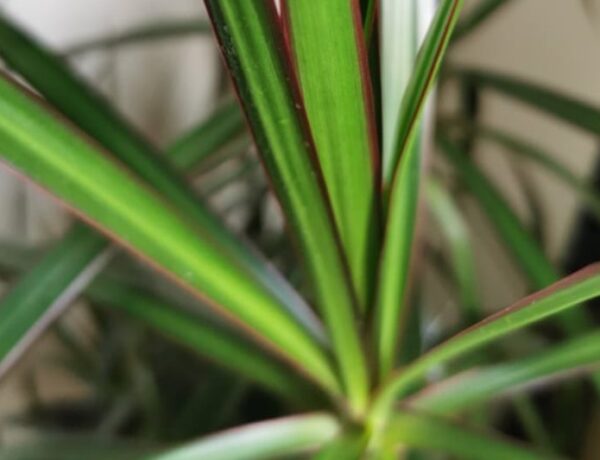
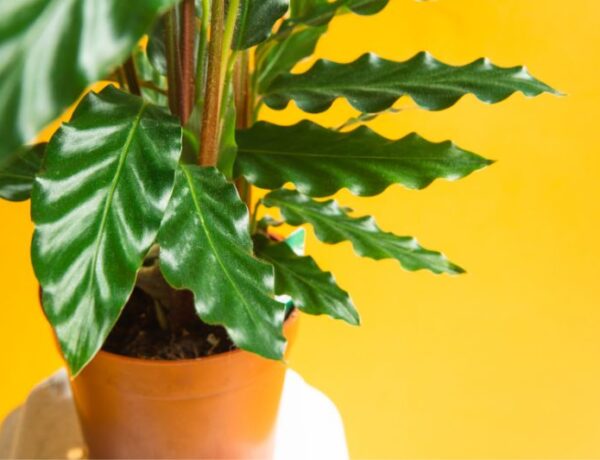
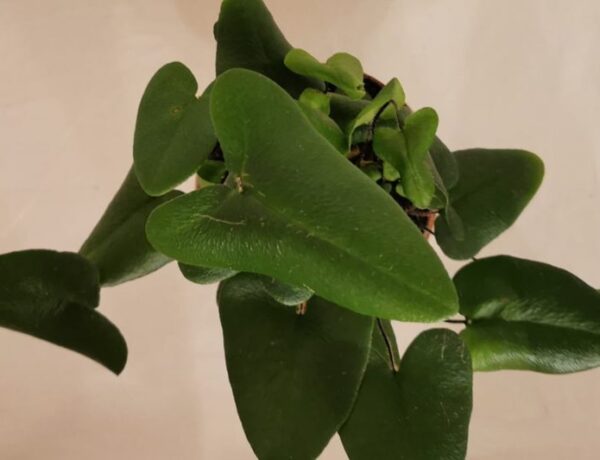


No Comments